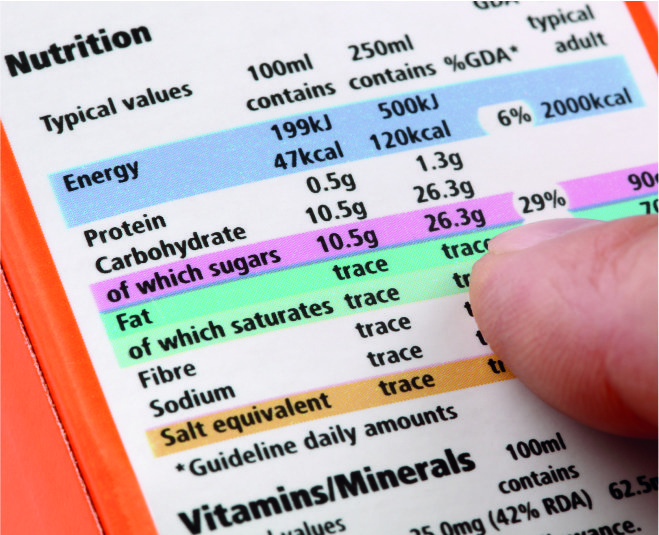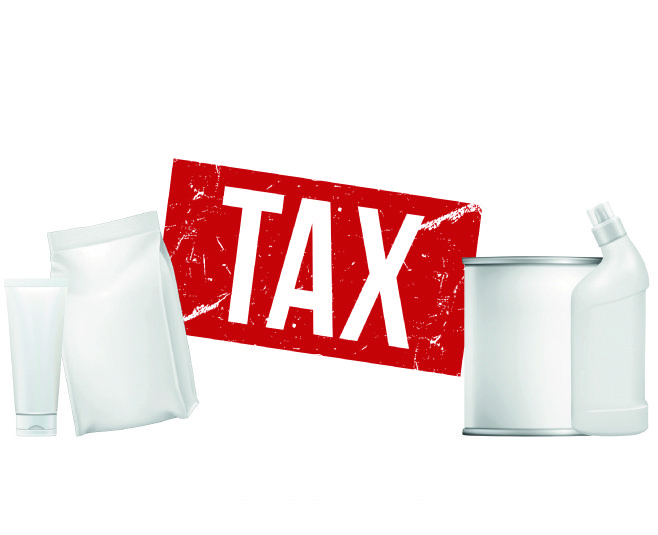RESPONDING TO CHANGING REGULATIONS IN PRODUCT PACKAGING
When it comes to product packaging, creating attractive, on-brand designs that will stand out on the shelves is essential. But it’s not always as easy as it sounds. Product packaging is heavily regulated, particularly when it comes to food and drink.
Packaging regulations can affect anything from the information on your packaging to the materials it’s made from. They’re constantly changing, and while many of the updates aim to improve the industry in one way or another, they can cause real problems for brands if they don’t have proper systems in place to respond.
Let’s have a closer look at some of the regs that are in place (and coming up over the next few years), and how you can stay ahead of the game.

EXAMPLES OF PRODUCT PACKAGING
REGULATIONS
If you have any role in creating product packaging, you’re probably already aware of at least some of the regulations that dictate your designs. But just in case, let’s cover some of the main ones.
Make it informative
Some information is mandatory to display on food or beverage packaging. That includes things like:
- nutritional information
- storage guidance
- preparation instructions (if applicable)
- ‘use by’ or ‘best before’ date
- name and address of the manufacturer
Make it legible
Some regulations apply to how you display information on your packaging. Your minimum font size should be an x-height of 1.2mm (or 0.9mm on surface areas of less than 80cm squared). Mandatory food information also needs to be easy to see, difficult to remove, and displayed on the outside of the pack (consumers shouldn’t have to open a package to see mandatory food information).

WHAT FACTORS AFFECT LEGISLATION?
Governance
Legislation around packaging and labelling is largely set by the UK Government, and can change with the introduction of new policies or leadership changes. That’s why the recent general election caused some uncertainty across the industry as companies waited to see which party would come out on top and what (if any) changes they would put in place.
Location
Of course, Britain leaving the European Union means that UK-based brands are no longer held to EU standards. But if your business is still trading in the EU, or any country with different legislation, you might need to adjust your packaging accordingly to comply.
Lobbying
Sometimes regulations around product packaging can be influenced by the public. In October 2021, ‘Natasha’s Law’ came into effect, tightening the regulations around what products need to carry a full list of ingredients, including allergens. Natasha’s Law was introduced after lobbying by the parents of teenager Natasha Ednan-Laperouse who sadly passed away after suffering an allergic reaction to something she ate.
MANAGING CHANGING REGULATIONS
When you work in a fast-paced industry where laws change so regularly, it can be a fulltime job to keep up with regulations. So as a brand manager, how do you make sure that you stay up-to-date and compliant?
Expert partners
More often than not, you’ll have multiple people or businesses working on your product packaging. That might include a design agency creating the artwork, printers delivering your final product, and project managers overseeing the process from start to finish.
Working with experienced suppliers and agencies with their fingers on the pulse when it comes to the latest regulations will ensure everyone’s singing from the same hymn sheet. Plus, if everyone’s invested in staying up-to-date, it’s less likely that any changes will slip through the cracks.
Detailed briefs
Designing product packaging comes with a lot of considerations, from colour management and substrates to brand and technical guidelines – and that’s before you even mention legal requirements.
Even for designers who are clued up on the latest regulations, that’s a lot to remember off the top of your head. That’s why it’s so important to create a detailed brief for every piece of artwork that needs to be produced, including a list of the applicable regulations that need to be considered. That way, anyone working on the project knows exactly what they need to take into account, removing any guesswork or confusion.

Effective quality control
With the best of intentions, sometimes errors or old versions of artwork files slip
through somewhere along the way. That’s why it’s essential to have a solid quality
control process to catch any instances of non-compliance before they go to print
and cost you a lot of time and money to fix, not to mention any sanctions you
could face if a product hits the shelves that doesn’t meet requirements.
The Pulse quality control team uses specialist software that scans artwork files to
check that they comply with the parameters set out in the brief, making the QC
process more efficient and accurate for our clients.
CHANGES TO LOOK OUT FOR
At the time of writing, there are a few major regulation changes on the horizon that product and brand teams should be aware of.
Barcodes to QR codes
The global expert in universal product codes, GS1 US, has announced that, by the end
of 2027, the industry will have transitioned from traditional 1D barcodes to 2D QR codes on product packages, The project, Sunrise 2027, will mean that consumers and retailers have access to more data through scanning the code, including nutritional information, allergens, and sustainability data.
GS1 recommends that companies start planning now to prepare for what will be a major change across the retail industry.
Deposit return scheme
A deposit return scheme for drinks containers has been in the works for a while now in the UK, but it looks like it will actually become a reality as early as next year.
Consumers will be able to take their empty drinks containers to ‘reverse vending machines’ and claim back a deposit, incentivising more people to recycle. Participating brands will need to update their labels to make consumers aware of the scheme.
Extended producer responsibility
Under extended producer responsibility (EPR) for packaging, you might already be collecting and reporting data on your packaging.
Starting in 2025, companies with an annual turnover of £1 million or more and responsible for more than 25 tonnes of packaging will also need to start paying EPR fees depending on their package waste recycling notes (PRNs).
You can find out more about EPR for packaging on the government website.

WORRIED ABOUT REGULATIONS?
If you’re concerned about how regulation changes will affect your brand’s product packaging, Pulse can help.
We’ll work with you and your legal team from the beginning of your project to help you stay compliant, scale any changes across the board, and liaise with printers to produce an outstanding end product.
Get in touch today to learn more.
Food Standards Agency (2023). Packaging and labelling [online] Available at
https://www.food.gov.uk/business-guidance/packaging-and-labelling. Accessed June 2024.
GS1 US. Get ready for GS1 Sunrise 2027 [online] Available at
https://www.gs1us.org/industries-andinsights/by-topic/sunrise-2027 Accessed June 2024
Gov.uk (2023). Deposit return scheme for drinks containers moves a step closer [online] Available at
https://www.gov.uk/government/news/deposit-return-scheme-for-drinks-containers-moves-a-step-closer Accessed June 2024
Gov.uk (2024). Extended producer responsibility for packaging: who is affected and what to do [online] Available at
https://www.gov.uk/guidance/extended-producer-responsibility-for-packaging-who-is-affectedand-what-to-do#what-you-may-need-to-do Accessed June 2024